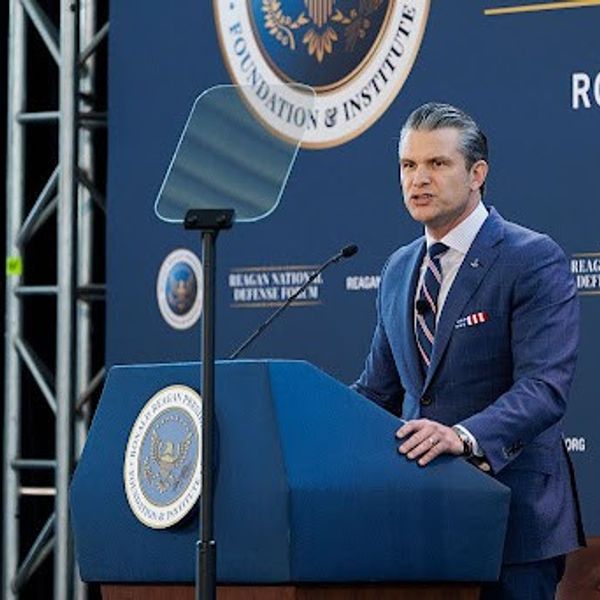Bottom Line up Front
- Iran’s apparent drawdown of its military presence in Syria likely reflects Tehran’s calculation that the regime of President Bashar Al Assad is secure.
- Both Russia and the Assad regime maintain a dedicated interest in limiting Iran’s influence in post-conflict Syria.
- Israeli defense officials believe that Iran shifted military assets from Syria as a direct result of Israel’s bombing campaign against Iran-controlled defense installations there.
- The Trump administration claims that Iran is reducing its military posture in Syria due to the U.S. campaign of ‘maximum pressure’ against Tehran.
In statements and interviews last month, Israeli defense leaders and U.S. officials said they had seen evidence of ‘tactical displacement’ of Iranian military forces from Syria, and Iranian dismantlement or abandonment of some of the military production infrastructure it has established there. Since intervening in 2012 to help the Assad regime battle against a nationwide armed uprising, Iran has deployed several thousand Islamic Revolutionary Guard Corps – Qods Force (IRGC-QF) officers and units of its regular military to advise and support Assad’s ground forces. Iran also facilitated the deployment to Syria of tens of thousands of fighters from Lebanese Hezbollah, fighters from several Iraqi Shia militia groups, and Afghan and Pakistani Shia militiamen. Iran has used its intervention in Syria to secure its supply routes to Hezbollah and to develop military production facilities to help Hezbollah upgrade the precision of its more than 100,000 Iran-supplied rockets and short-range ballistic missiles aimed at Israel. The totality of Iran’s intervention in Syria was deemed by Israel to pose a gathering threat to its security, and Israel’s defense establishment has responded with regular bombardment of Iran-controlled installations in Syria.
Iran’s intentions in an observed drawdown and shift of its posture in Syria are not yet clear, and U.S. and Israeli officials have an interest in portraying Tehran‘s repositioning as a result of their deliberate policy choices. It is plausible that Iran has abandoned some of its military production facilities in Syria pending relocation to areas of Syria less susceptible to Israeli bombardment, and that any achievement of Israel’s bombing campaign is temporary or incomplete. In interviews in May, top Trump administration Iran policymaker Brian Hook attributed Iran’s apparent drawdown of personnel (Iranian and Iran-backed militia fighters) in Syria to the effect of its sanction-based ‘maximum pressure’ campaign that has weakened Iran’s economy. An Iranian parliamentarian gave the Trump administration some ammunition for the assertion by stating that the Iranian effort to save Assad from defeat had cost Iran as much as $30 billion – a heavy burden for Iran’s sanctions-damaged economy. Yet, Iran has exerted extensive efforts in Syria for nearly a decade – during almost all of which Iran has been under severe U.S. secondary sanctions. There is little evidence that Iran’s campaign in Syria has been affected more by sanctions or the state of the Iranian economy than by Tehran’s calculations of its own interests and priorities. It is also plausible that Iran is temporarily downshifting its effort in Syria in response to the COVID-19 outbreak that has hit Iran harder than almost any other regional state, and which has required IRGC and regular military units to undertake relief operations in Iran itself.
There are a number of significant factors that might account for a decision by Tehran to reduce its involvement in Syria. First and foremost, Iranian leaders assess that their partnership with Russia, which intervened in Syria in 2015 primarily by providing air power to support Syrian forces, has successfully secured Assad in power. The last pocket of resistance in Idlib province is almost certain to be recaptured eventually, even without much help from Iranian and Iran-backed forces. Iran likely assesses that it can now shift resources back to Iran or to other theaters of the region in which Iran is involved, without jeopardizing its core gains in Syria. With Assad securely in power, Iran’s supply line to Hezbollah in Lebanon is safe, and Iran might no longer need to maintain separate defense installations in Syria.
Iran’s drawdown from Syria is likely also a function of pressure from its partners, Russia and the Assad regime itself. Russia sees Iran as an obstacle to efforts to compel Assad to reach a political settlement with the opposition and to attracting reconstruction funds – all vital to Russia’s ability to wind down its own involvement in Syria. Several potential donors - particularly the Persian Gulf monarchy states - are reluctant to invest in Syria’s rebuilding if Iran remains present there. And, the Assad regime appears increasingly less hospitable to Iranian forces because its political legitimacy requires ending its dependence on outside ground forces supplied by Tehran.









